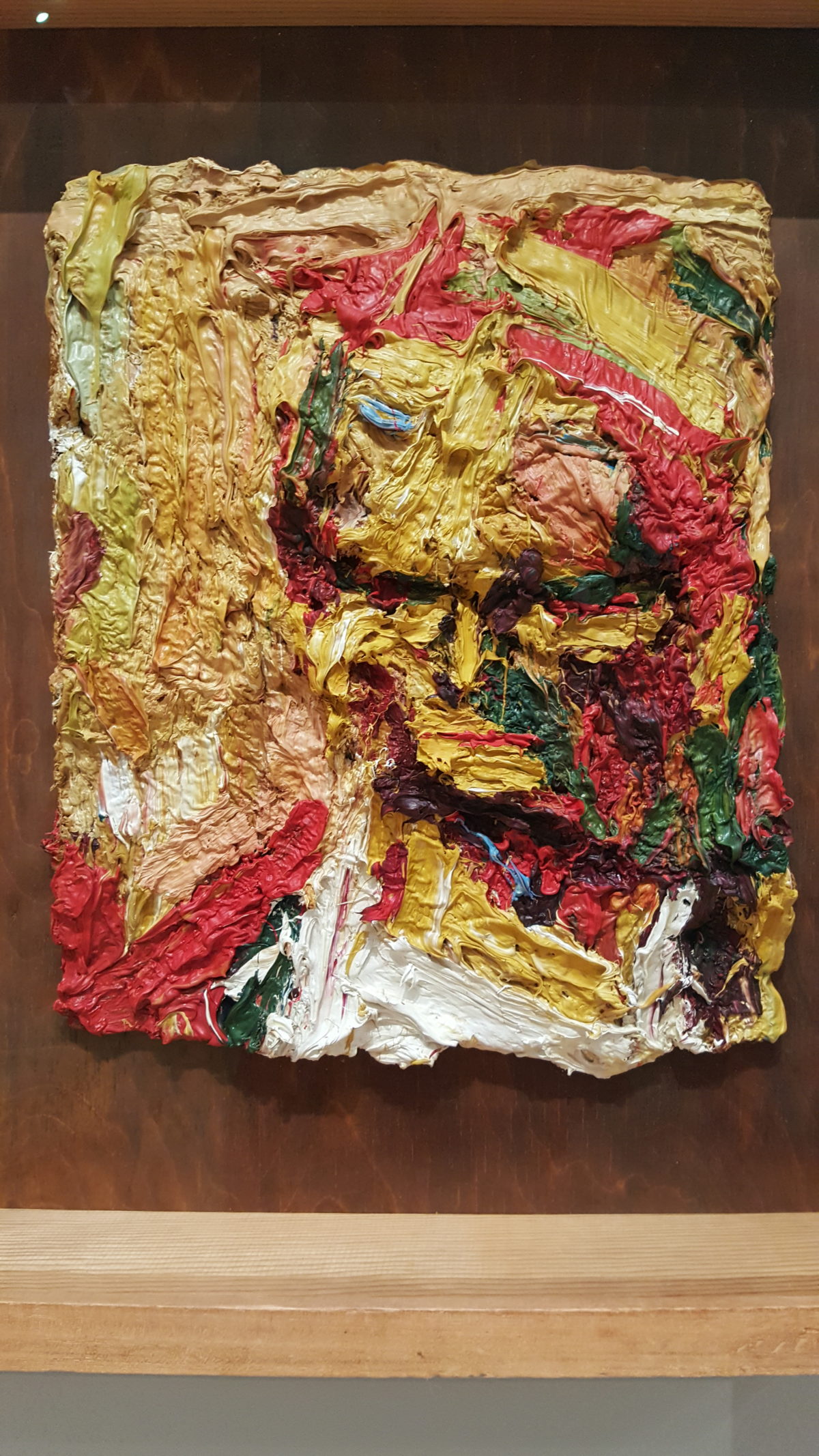All Too Human – Tate Britain, London

I don’t know whether it’s me who needs to adjust my expectations, or curators who need to start planning their exhibitions around me, but at the moment I’m finding a number of exhibitions are missing the opportunity to ‘tell a story’. Last time it was the Charles I exhibition at the RA which was arranged by art historical grouping rather than exploring the coming together and disbanding of the collection itself, and this time it is All Too Human: Bacon, Freud and a century of painting life at Tate Britain. It is a relatively good show, has lots of interesting works on display, but to me falls into my new category of Missed Opportunity Exhibitions.

The premise of the exhibition is that it “explores how artists in Britain have stretched the possibilities of paint in order to capture life around them.” Ok, sounds great! There are some interesting artists represented: Bacon and Freud are the headliners, but there some excellent paintings by F.N. Souza, Sickert, Rego and Auerbach, as well as less well-known names (at least to me) like William Coldstream and Michael Andrews. Personally though, the fact that they were mostly hung by artist, or sometimes a couple of artists in dialogue, left me a bit cold(stream – artist pun!). Why? Let me tell you.

I had been looking forward to this exhibition as an exploration of painting from life. There are seemingly endless angles from which to investigate this – how did the earlier painters interpret foreign movements like impressionism and what was their legacy? What figurative vs. non-figurative traditions have developed in Britain? Who painted directly from life vs. at a remove, eg. from sketches or photographs? What does the work of ‘insider’ and ‘outsider’ artists living and working in Britain tell us? What is the output of London vs. non-London artists painting from life? Fascinating stuff, right? This is where I felt the largely chronological hang by artist let the exhibition down. Fine, Sickert and Spencer painted from life in their own styles. Souza came to the UK and reflected post-war angst, Bacon and Giacometti were existentialists. It wasn’t until the fourth room (William Coldstream and the Slade School of Fine Art: an analytical gaze) that I really felt engaged with the subject matter. Here is a room where I can see the struggle of an artist and his pupils to find ways to depict life rigorously and truthfully – his measurements of one object relative to another still visible on the finished work. The next couple of rooms also had more of a dialogue feel, but then the exhibition goes back into single artist displays before finishing with an assortment of contemporary works.

Am I the common denominator here? Is it just that I don’t like chronological hangs? Or that I expect too much from an exhibition theme that is basically just a way to bring together some top-quality paintings for my viewing pleasure? I don’t know. When I come out of an exhibition that purports to take me through a century of painting life, I do expect to better understand the one or multiple threads of development linking different artists across that century. I would ideally like to see how Souza, or Bomberg, or Freud, were directly or indirectly influenced by earlier or contemporary artists, or how they rejected the weight of tradition and forged their own path. I liked some of the paintings on display and enjoyed seeing them, but I don’t feel much better educated than before I started, which for me is a shame. Perhaps I need to get back into curatorial or museological discourse and discover that, in fact, chronological or art historical hangs are where it’s at right now, and thematic views are so 2008.

So once more, dear reader, I wouldn’t discourage you from going to see All Too Human, but likewise wouldn’t suggest it should be an absolute must see. If you do go, look out for the Souzas and Freuds which are particularly good, ponder the work of the Slade School, but don’t expect your new specialist subject to be painting from life in Britain over the last century. I’m off to the library to read up on current curatorial trends.
Until 27 August


